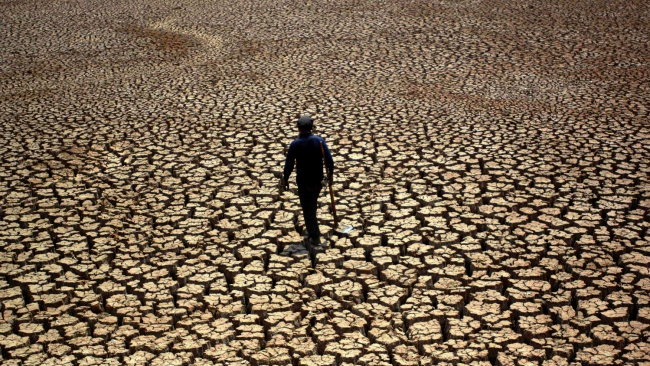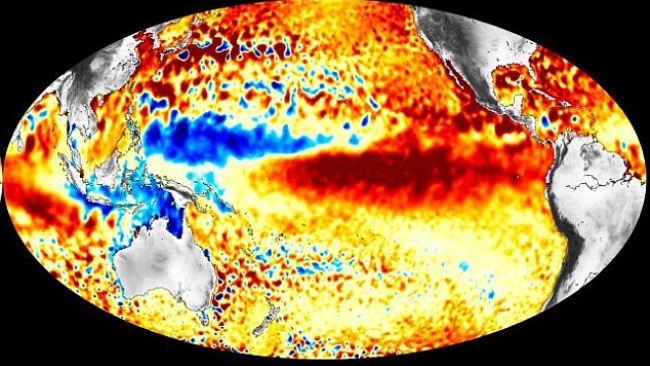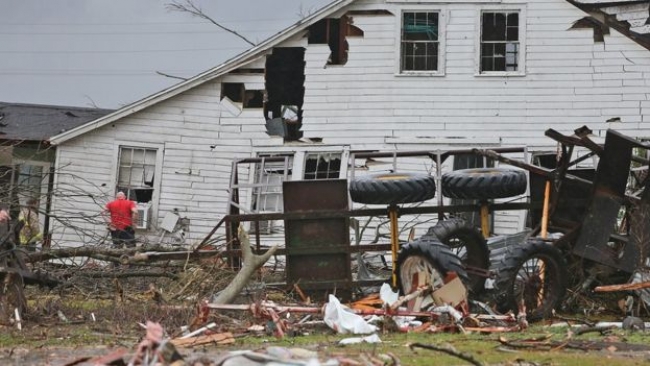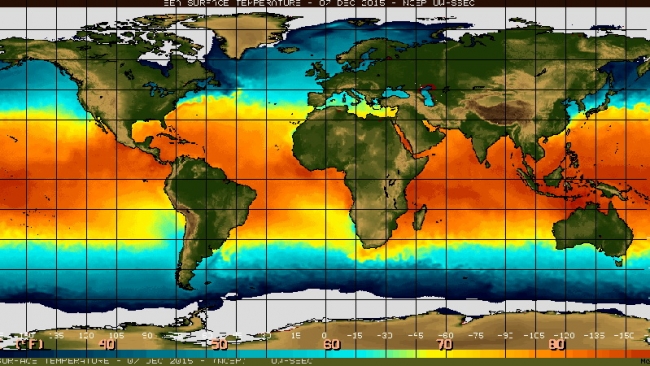Study helps narrow down one reason why clouds are hard to model

Airborne particles known as "aerosols" strongly impact the way clouds form and change, but accurately capturing this effect in computer climate models has proved to be notoriously difficult. A new study in the Proceedings on the National Academy of Sciences Early Edition online Feb. 26 suggests why—either the models are failing to capture in sufficient detail the processes at work in clouds, or aerosols are now so pervasive in the atmosphere thanks to modern-day pollution that their specific effects on clouds are hard to pin down.
A key problem is that we generally do not have data on clouds from the preindustrial era, before there was pollution, for comparison with the clouds of today. Because clouds are a key part of Earth's climate system, working out how they behaved before the Industrial Age might ultimately help us better determine how much the world will eventually warm up. The study points to at least two ways to potentially improve how the clouds are simulated in climate models. One is to better differentiate cloud types in models to account for their variability. Another would be to study clouds that are not influenced by the pollution that humans have been putting out since the Industrial Age started. "We might have to find clouds far away from civilization," said study author Steve Ghan of the Department of Energy's Pacific Northwest National Laboratory. "But, there are parts of the world that are pretty darn clean."
One of the toughest questions dogging climate scientists is how much the earth will warm from all the greenhouse gases humans are putting into the atmosphere. Computer models put out a range of possibilities, and the smaller the range, the more sure scientists can be of the result.
For example, scientists use models to calculate a property called climate sensitivity—or how easy it is to warm the earth with additional greenhouse gases. Ultimately, climate sensitivity will tell us the temperature we will end up at so we don't have to wait until the earth adjusts to the added gases, allowing us to prepare for or impede climate change.
Conceptually, climate sensitivity would be straightforward to estimate if one focused on just a few limited components of the Earth system—namely, greenhouse gases in the atmosphere, sunlight hitting the earth, and Earth bouncing some of the sunlight back to space. Under this greatly simplified model, scientists could be pretty confident in their climate sensitivity value: the earth will most likely warm about three-fourths of a degree Celsius for every unit of the sun's energy trapped in the atmosphere, with a possible range of a quarter of a degree more or less.
But the sunlight bouncing off the Earth's atmosphere is complicated by the presence of clouds that change in ways that are poorly understood. Climate scientists want to incorporate all the pieces that make up the earth system to nail down a value for overall climate sensitivity. For their part, Ghan and colleagues have been exploring the contribution of clouds and the tiny aerosol particles that influence cloud properties.
"It's not enough to have particle emissions and solar energy balance alone because a lot is going on in between," said Ghan.
Source: Phys.org
Fri 4 Mar 2016 at 07:06





